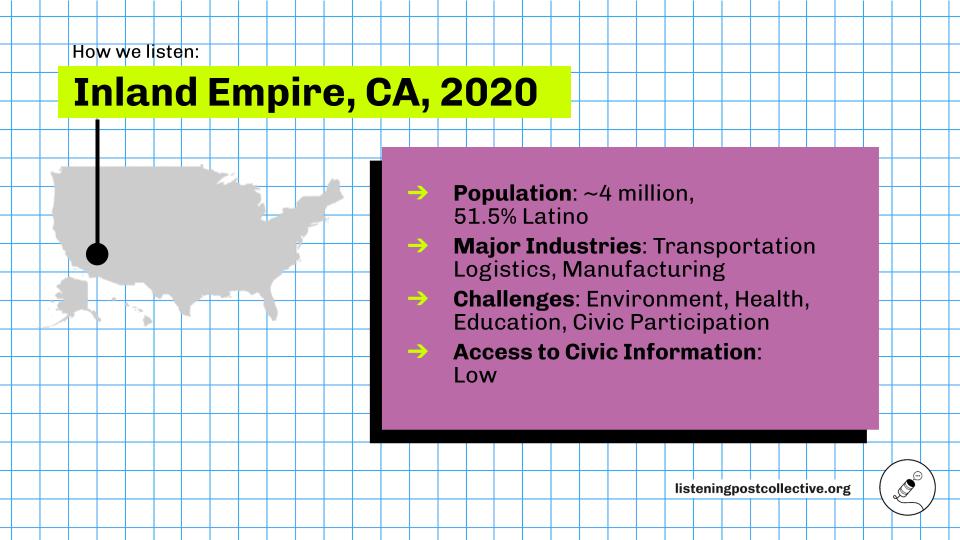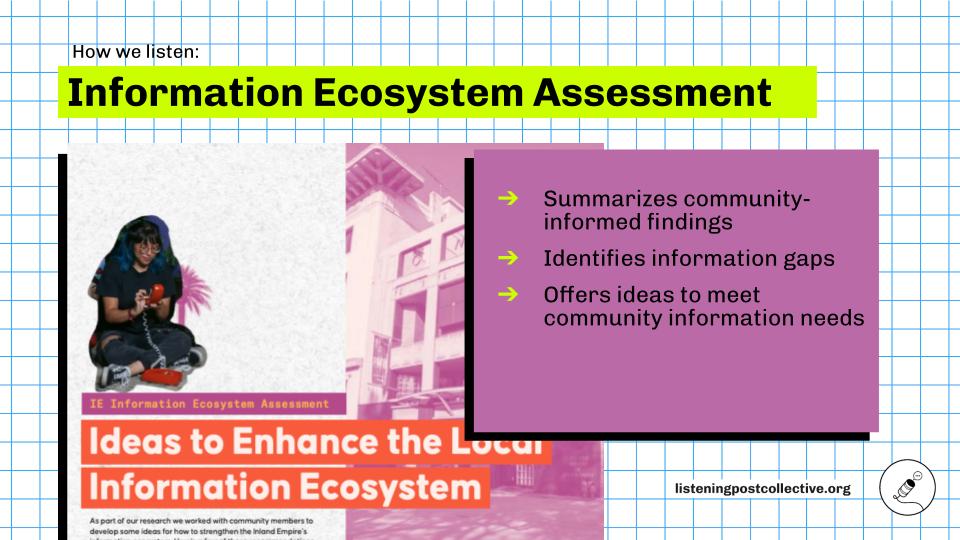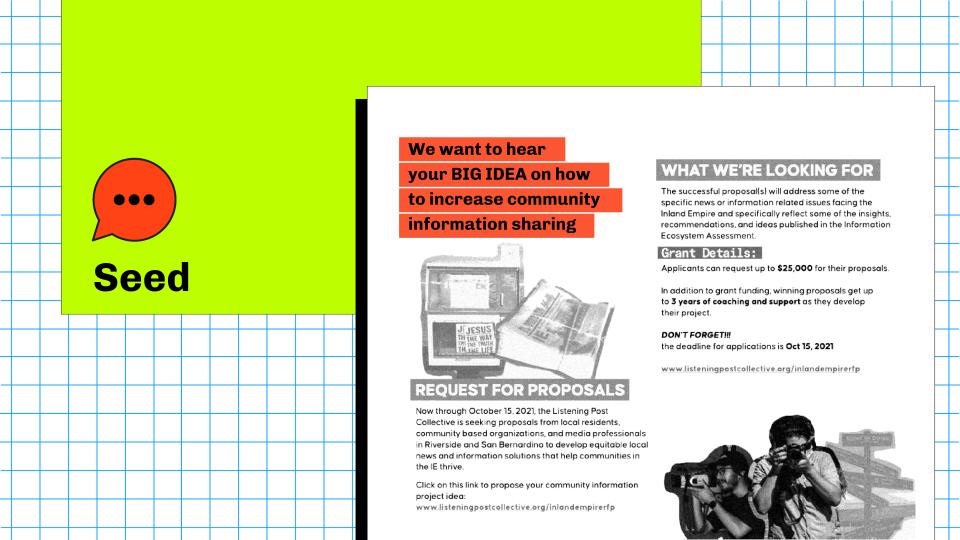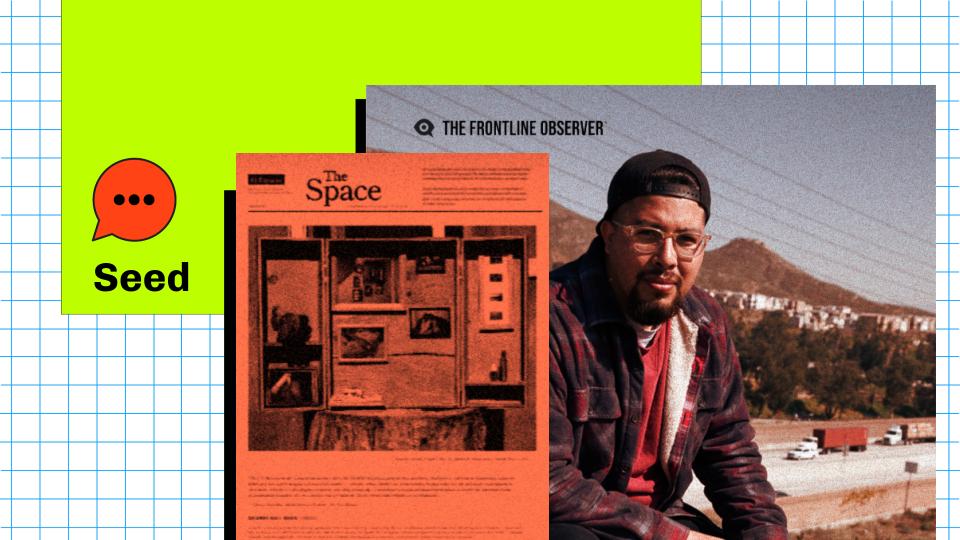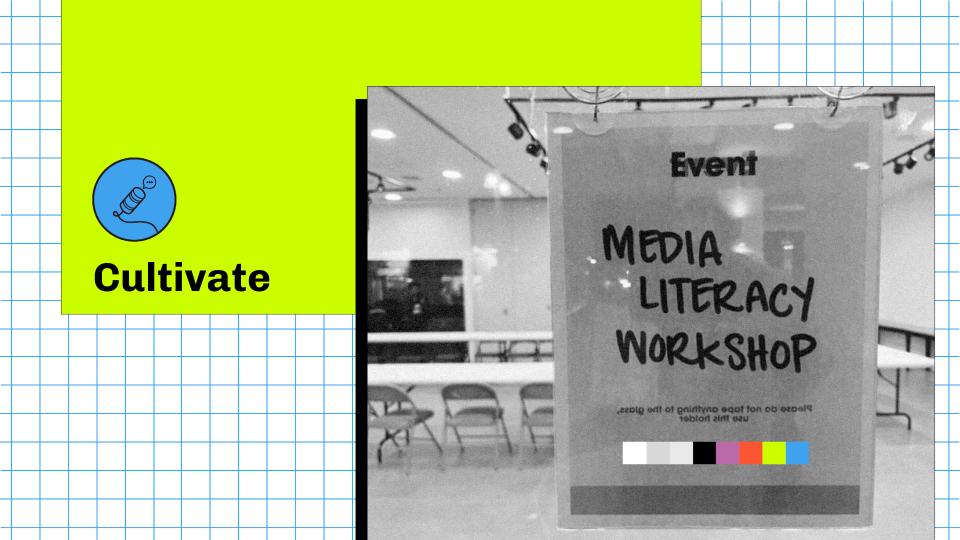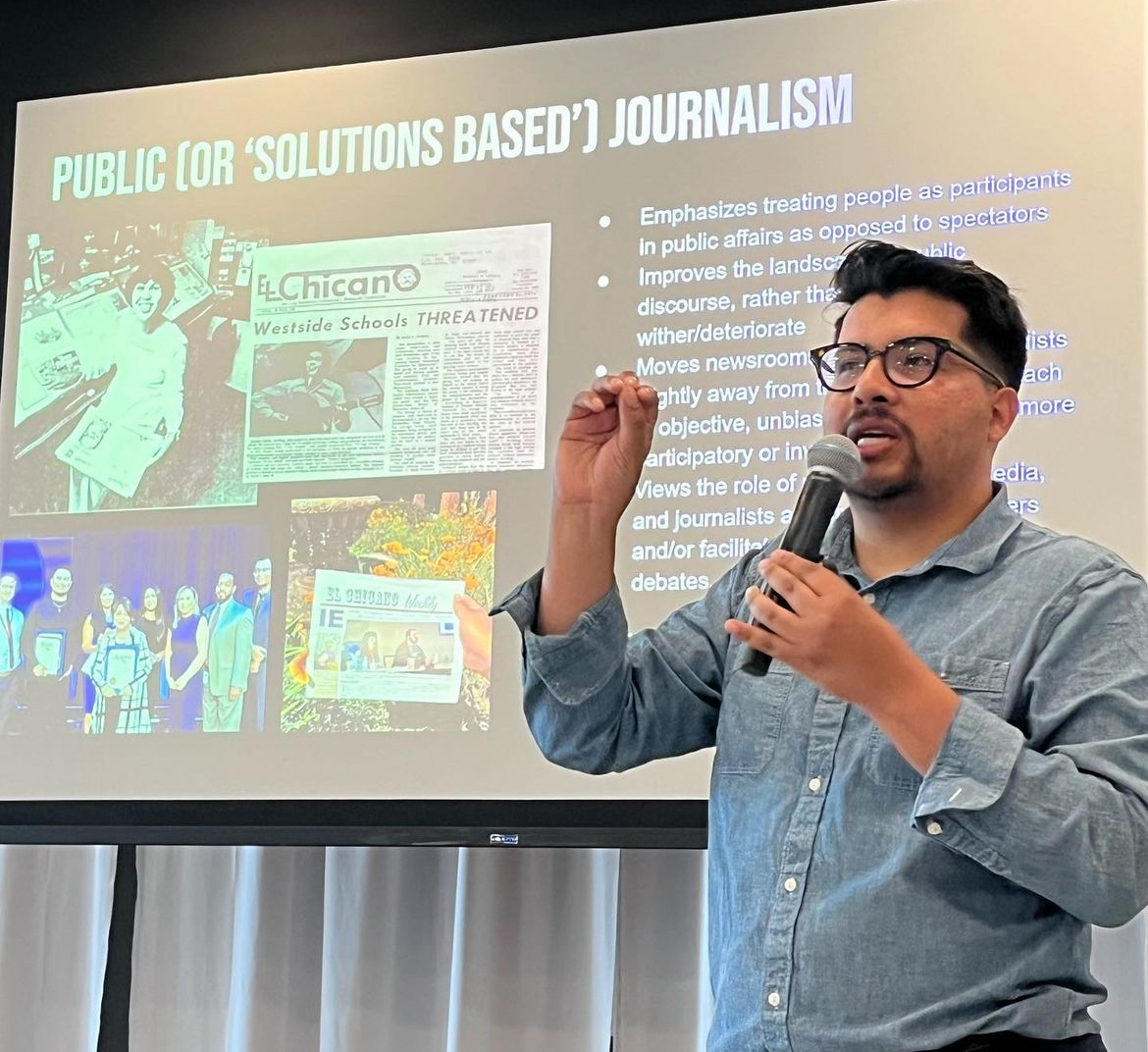Civic Media Design in Action
Case Study: Inland Empire
The Inland Empire, or “IE,” is a region in Southern California, directly east of Los Angeles. Encompassing Riverside and San Bernardino counties, it’s centered around the cities of Riverside and San Bernardino. The region boasts a culturally diverse population with a range of socio-economic backgrounds and faces unique challenges concerning economic development, education, healthcare access, and civic participation.
When we began our work here in 2020, the L.A-adjacent Inland Empire seemed like the poster child for a news desert. It’s a region of about four million residents with two legacy newspapers that had fallen on hard times. The population is majority Latino, and yet there are few bilingual or Spanish language local media sources. Many residents defaulted to consuming LA-based media, whose rare stories about the Inland Empire didn’t reflect the diversity of who lives there and what they experience.
At the Listening Post Collective, we envision a world where everyone lives not in a news desert, but in an information garden; where everyone has access to high-quality, culturally-relevant, civic information in accessible languages and on issues that impact them. Our Civic Media Design process is what turns that vision into a reality. The work can be challenging, but the process is straightforward: listen, seed, cultivate. Here’s how we applied this process to the Inland Empire.
Phase One: Listen
Phase One in the Inland Empire took place from April 2020 to May 2021.
We started by hiring community members to help us conduct surveys and interviews. We poked our heads into community centers and churches, art spaces and grocery stores. We monitored community bulletin boards, spoke to local universities, and took lots and lots of photos.
When Covid hit, we moved our outreach to expanding online community spaces.
We used what we learned from this year-long listening process to put together a robust report with community-informed findings. We call this an Information Ecosystem Assessment. In the IE, we learned that when it comes to local news and information, there is a lot to cover, including: Amazon’s expanding footprint and power in the region, climate issues related to drought and wildfires, and a growing unhoused population. Our IEA documented how residents in that region get news they need to participate in their communities and the challenges they face in being informed about essential local topics.
Phase Two: Seed
Once we understand what the community’s needs are, we’re ready for the second step in our civic media design process: Seed.
We put together a request for proposals driven by our findings. To spread the word in the Inland Empire, we canvassed the community to let folks know they could apply for seed funding and recruited people who participated in the listening phase of our work to submit their ideas.
We received a lot of compelling proposals, and we awarded two $25k seed grants:
One to Anthony Victoria, who started the Frontline Observer, a bilingual digital news site focused on environmental issues and how they intersect with race, class & gender. And another grant to Tamara Cedré, who started The Space, a print and digital zine that covers stories at the intersection of the environmental, labor, and social justice movements.
Phase Three: Cultivate
Our third and final stage of Civic Media Design is where we cultivate — and offer three years of support to help our new civic media partners build power.
As part of our partnership program, we’ve helped Anthony secure additional funding and fellowships to sustain his work better, and The Frontline Observer is slowly growing. Anthony has become a leader in identifying media literacy gaps in the Inland Empire, and we’ve worked closely with him and Moreno Valley Community College to offer media literacy workshops to any interested community members.
The Space has been able to circulate issues of its zine in an expanded footprint, which community members can pick up for free from refurbished newsstands that have been left behind by newspapers that closed. We’ve provided Tamara with support to develop permanent places for these newsstands and a plan to maintain them. And we’re continuing to serve as advisors on the project.
“With Listening Post Collective’s indispensable support, I’ve gained insights to build a local newsroom. This partnership has underscored the importance of strong business strategies and quality editorial content. This knowledge fuels partnerships that enhance media literacy and information access in my community.”
Anthony Victoria
Civic Media Design Partnerships
Are you a funder, local civic media organization, or generally curious about how to apply this process in your community? Let’s connect!

